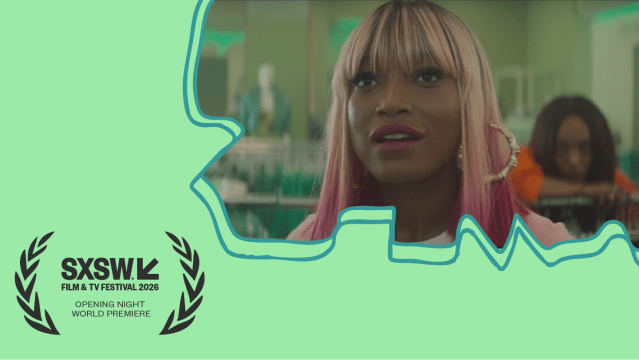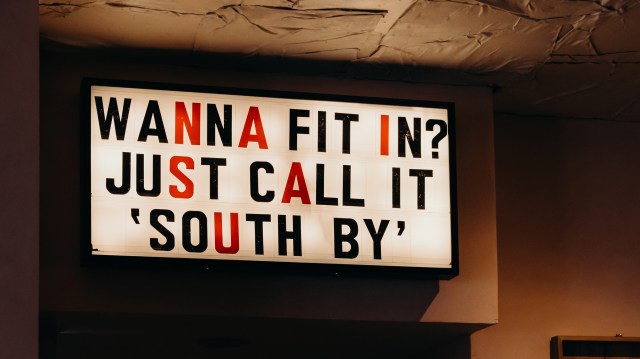The scale of multiplayer video games has grown over the years, upping the player count from split-screen in Goldeneye to MMORPG experiences in World of Warcraft and battle royales in Fortnite. Today’s gamers, particularly younger ones, are part of huge online networks of friends, collaborators, and friendly competitors. As traditional social media use stagnates among their age group, collaborative and socially-oriented video games are taking the place of more traditional platforms.
Consider the numbers. Despite signing up approximately seven out of ten Americans as users, Facebook captures only about 50 percent of U.S. teens, according to 2018 data from the Pew Research Center. Only 32 percent were on Twitter. Rather than trading in the personal divulgences and political arguments of those two platforms, younger users seem to prefer sharing content such as photos, videos, and memes. The same Pew survey found that 85 percent of teens were active on YouTube, and 72 percent were active Instagram users. Newcomer TikTok, the endlessly iterative video sharing platform, boasts nearly 16 million users aged 16–24 in the United States, according to figures released by the company.
Video games are even more popular than any of these social media platforms. According to its publisher, Epic Games, Fortnite attracts about 250 million players worldwide, while Microsoft reported 112 million users per month for its cooperative building game, Minecraft. Another cross-platform world builder, Roblox, has about 100 million users. For fans of these games, who are mostly under 20 years old, community is the biggest appeal, and the games’ designers are betting that this interest in sharing experiences is the future of online interaction.
“I see the future of social media being 3D immersive worlds and experiences that allow people to hang out, share experiences together, and learn things together.”
“Roblox is really the new form of social,” said Tami Bhaumik, the vice president of marketing and digital civility for Roblox Corporation. “It’s 3D immersion where people are able to play and experience things together, to work together as a team to accomplish a goal, and sometimes just to hang out with their friends online and chat.”
Starting as a physics engine in 2006, Roblox is now a massive online world-building game, letting its players devise mini-games as diverse as organizing a prison break to running a virtual pizza shop. Shared in-game environments, from cityscapes to high school halls, can be used as giant 3D chat rooms. The game’s fairly rudimentary graphics and scripting make it easier for players to learn to code their own virtual worlds, and then find and invite friends to join them there.

“A lot of [players] are actually getting on and playing with their real-world friends,” Bhaumik said. “That’s where they’re hanging out nowadays. I think the days of, ‘Hey, let’s hang out at the park,’ are over. The park is now Roblox.”
Beyond socializing, video games have also become places for sharing content. Minecraft players have been trading exquisitely crafted buildings, cities and whole worlds with each other for years. Dreams, a game developed by Media Molecule and published by Sony, gives players a robust but user-friendly 3D toolkit that essentially lets them create their own video games for the PS4. Users have created games, environments, and even animated videos, sometimes surreal, with fluidity and graphical beauty worthy of Pixar.
When logged out of their game of choice, players can watch bona fide video game celebrities on Twitch and YouTube, and then upload videos of their own exploits. In addition, the Discord app lets players communicate with VoIP (voice over IP) while gaming, and also enables them to connect with other players to share videos, images, and gaming memes. Being part of a game’s fanbase on these media makes the language of a whole subculture legible, clueing users in to references and lingo while deepening the fans’ connection to each other.
Bhaumik predicts that these gaming communities represent the future of social media, in which shared experiences are the norm.
“I can’t predict what’s going to happen with Facebook, but I do know that from Roblox’s perspective, I see our future being very bright,” she said. “I see the future of social media being 3D immersive worlds and experiences that allow people to hang out, share experiences together, and learn things together.”
Tami Bhaumik will be part of the Game Industry Track session: Digital Play Is Winning – Can Screen Time Be Good? at SXSW 2020. The SXSW Gaming Expo will take place at the Palmer Events Center from March 19-21.



